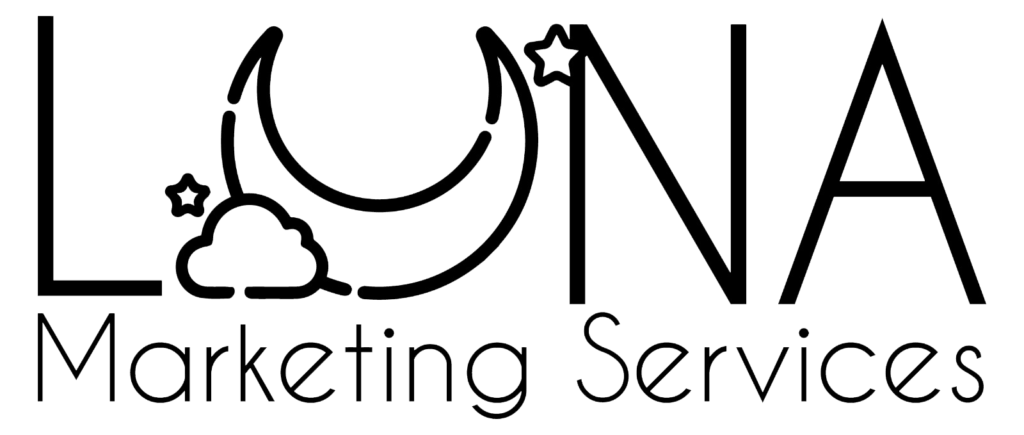
Let’s be real for two seconds: we all have thought – at least once – that we would love to go viral. Whenever we gain a new follower or see a new like on one of our posts, a spark ignites inside us. The serotonin boost is REAL. As humans and small businesses, we often get caught up in the allure of vanity metrics: it will be super cool to be famous!
Imagine being the next Bella Porch and making a career and a life around that moment of fame: the overall perception is that famous people have everything resolved and thrive, but the reality is often different from what we see in Social Media. While these metrics may boost ego and provide a superficial sense of popularity, they often fall short of reflecting the true success and growth of a person or business.
As a small business, success might be quite different than just “going viral” or getting 1M followers, particularly for one fact: followers do not equal sales. Your focus should not be on virality, or achieving fame but on the connections you make and how these connections affect your conversion rates, customer engagement, lead generation, and website traffic.
Lead Generation and Website Traffic – Fueling Growth Opportunities
More than dreaming of fame and virality, some of us dream of generating quality leads and driving relevant traffic to your website. LOL. Let’s be honest: if you have no leads, you will have no conversions which will lead to no money and no business. Generating quality leads and driving relevant traffic to your website not only increases your customer base but also expands your reach and visibility in the market.
Boosting your website traffic and generating leads is a full-time job that involves creating high-quality content, LOTS of optimization, and a multi-channel approach, but it can and will translate into more business.
Creating content that addresses the needs, challenges, and interests of your target audience is one of the first steps: call their attention by helping them. Whether it’s blog posts, videos, infographics, or eBooks, compelling content attracts organic traffic. Your content should, of course, be Optimized for visibility: your website and content should be easily searchable and SEO-friendly to attract organic traffic.
And don’t forget to repurpose! Using your website and blog content on social media is a great way to reach a broader audience, promote your content, engage, and drive traffic.
Conversion Rates – Turning Interest into Action
I will dare to say that conversion rates are the most crucial metric for small businesses: it does not matter how good your posts are or how many leads you have on your email lists; if you are unable to generate conversions, your business will DIE.
The conversion rates measure how effectively you can turn interest into action. Regardless of who converts, either website visitors converting into customers or leads making a purchase, a high conversion rate indicates that your marketing efforts are resonating with your target audience.
Your conversion rates depend a lot on your landing pages: a clear, compelling, and user-friendly landing page has more chances to convert than one that is too complex or technical. From the copy to the visuals and CTAs a good landing page is the first step to successful conversions.
Building a successful landing page is a process of course and it might benefit a lot from A/B testing and Customer Feedback – be always open to improve and update. Focusing on improving conversion rates should be a priority as it will maximize the impact of your marketing efforts and help you achieve a higher return on investment (ROI).
Customer Engagement – Building Relationships and Loyalty
Connections are EVERYTHING. The relationships you build with your audience, clients, and peers will directly impact your business performance. Customer engagement reflects the depth of relationships and loyalty that you have with your audience: engaged customers are not only more likely to make purchases – and repeat those purchases – but can also act as brand advocates, spreading positive word-of-mouth and driving organic growth.
Building engagement is not an easy task: it does require time and a lot of personalization. People like to engage with people more than engaging with faceless accounts, brands, or – even worse -bots: you should be tailoring your communications and marketing messages to resonate with individual customers’ interests, preferences, and past interactions. Personalization demonstrates that you value and understand your customers, fostering stronger connections.
Connections can be built as well by using interactive content – yes, those little boxes on your Instagram Stories are a way to build engagement – and by encouraging active participation from your audience. Interactive content not only boosts engagement but can also provide valuable insights into customer preferences and behaviors and user-generated content to share.
If you are more of a local business, you could also build a sense of community around your brand by hosting local events. A vibrant community fosters loyalty, encourages engagement, and generates valuable feedback and insights.
Remember: moving beyond likes and vanity metrics is essential to focus on metrics that truly matter. After all, the follower count is a vanity metric.
Unsure how to understand, track, and optimize your metrics? Reach out to us. We will be happy to discuss your business needs!





